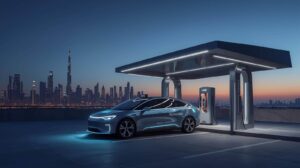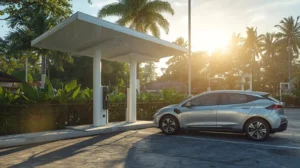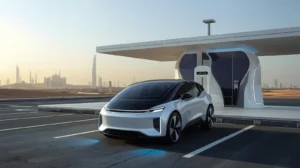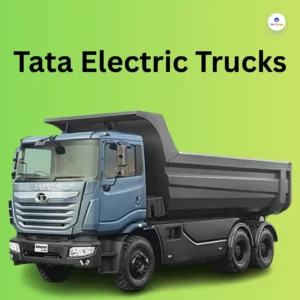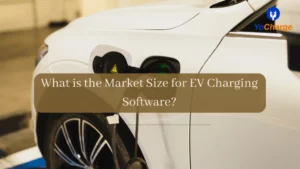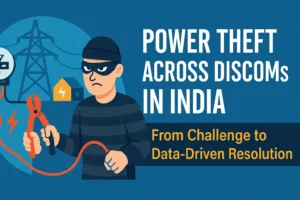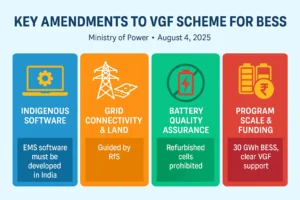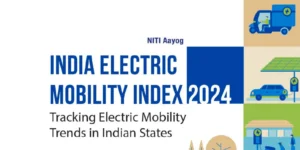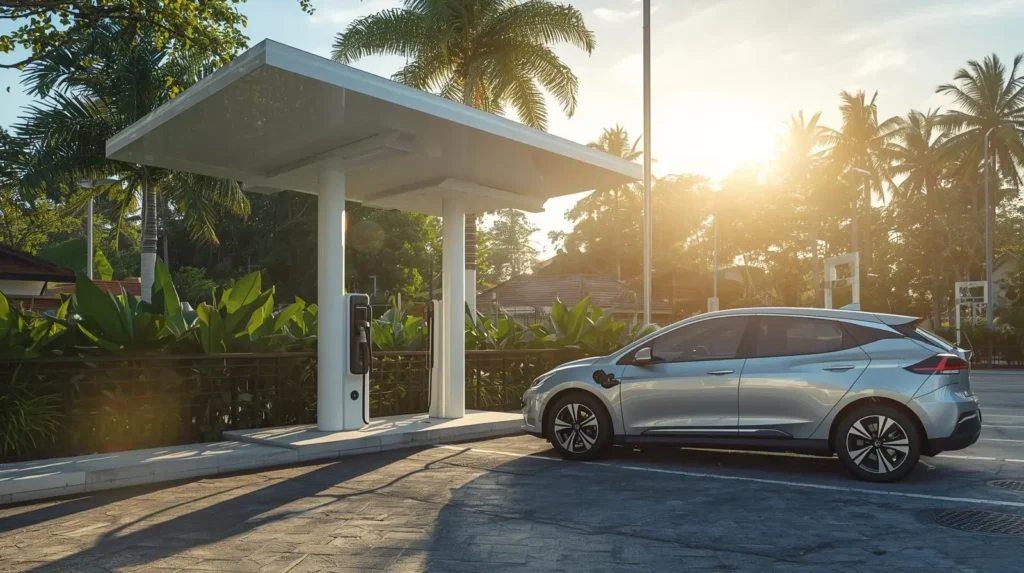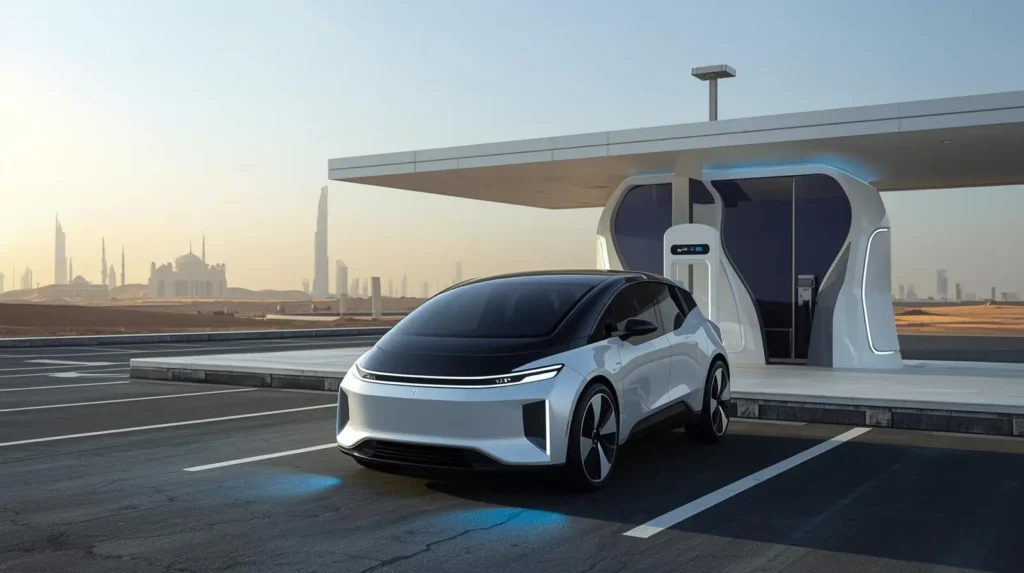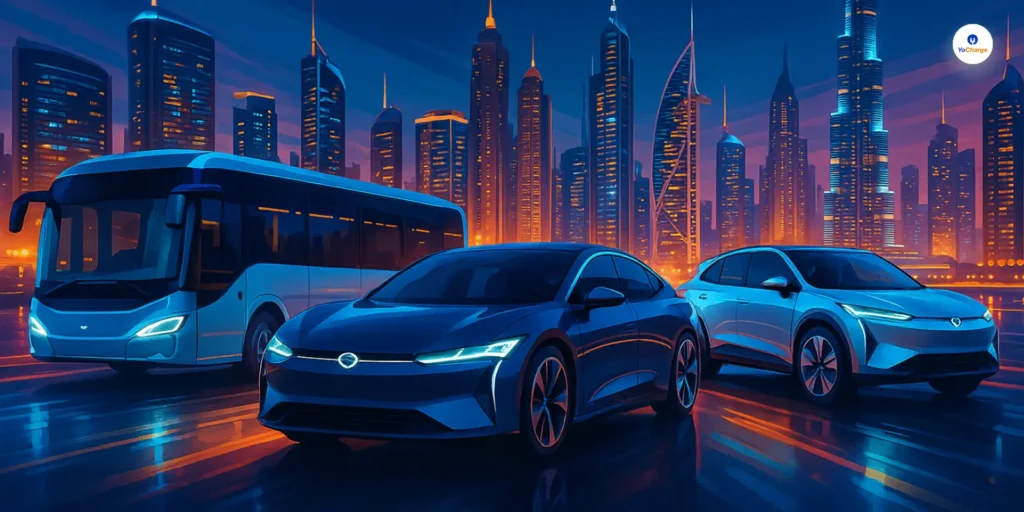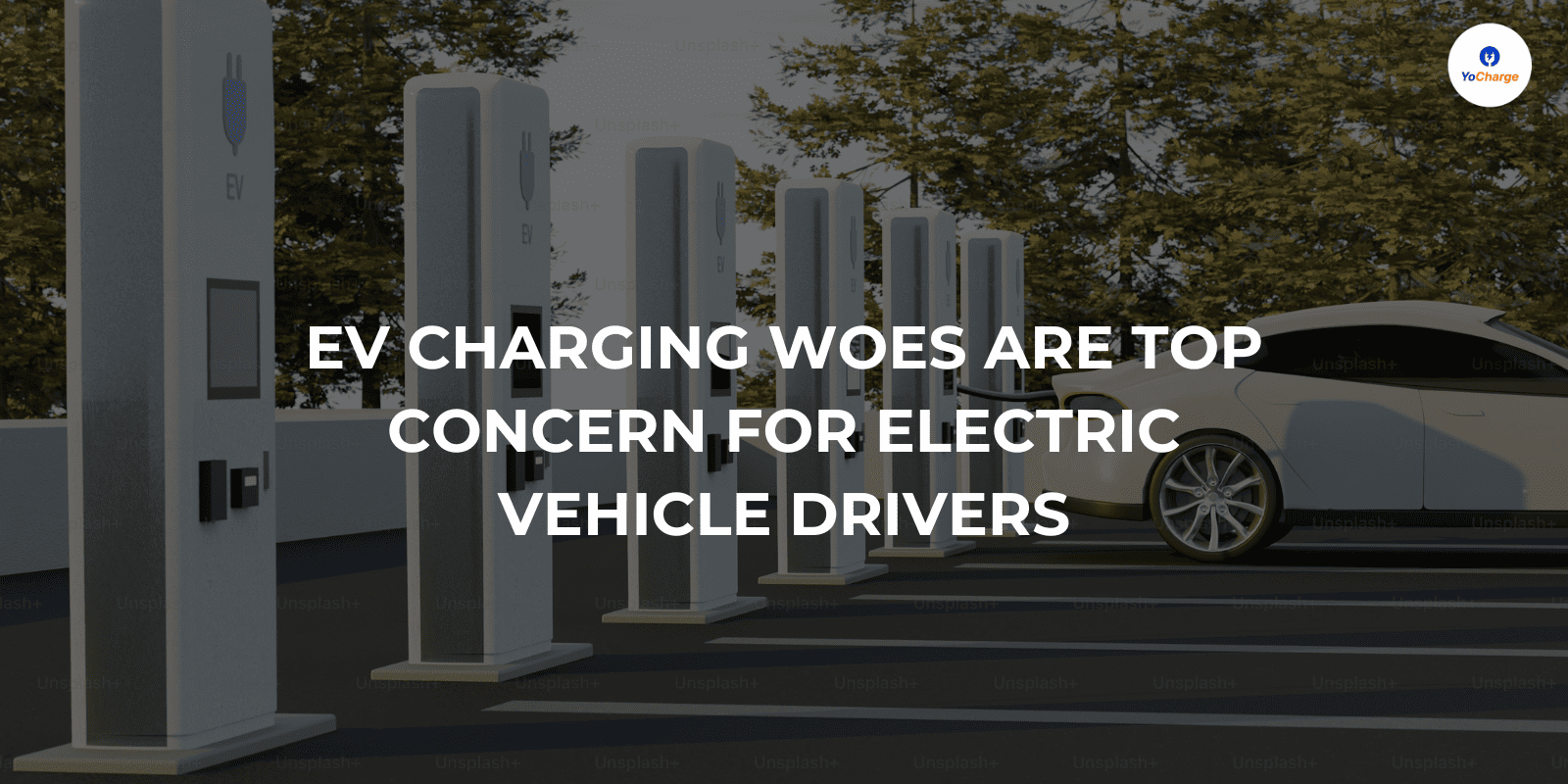
EV Charging Woes: The Biden administration is pushing for widespread electric vehicle (EV) adoption through tax credits, regulations, and federal investments. However, drivers will only switch to EVs if they trust that charging is reliable and easily accessible.
The expansion of public charging infrastructure and advancements in charging technology have addressed some concerns, but key challenges remain.
The Growing Charging Network
The U.S. has seen a rapid expansion in its charging infrastructure over the past four years. By August 2024, there were 192,000 public charging ports, with about 1,000 more being added each week. This pace of infrastructure growth is almost unprecedented.
- Bipartisan Infrastructure Law: Billions of dollars have been allocated to building out the charging network, making long-distance EV travel more feasible.
- Urban EV Charging: This growth also benefits those who can’t charge at home, such as apartment dwellers.
Advancements in Charging Technology
Charging technology has made impressive strides, with charging speeds now reaching up to 350 kilowatts. This enables standard EVs to charge in under 10 minutes, reducing one of the primary inconveniences of EV ownership.
- ISO 15118 Standard: This plug-and-charge system simplifies the process by allowing drivers to plug in their EV without needing to use apps or various payment systems.
- Tesla’s Supercharger Network: Although the network is being opened to non-Tesla vehicles, progress is slow.
Also Read: Why YoCharge CMS is the Best EV CMS in India?
EV Charging Woes Still Persist
Despite these advancements, reliability is still a concern for many EV drivers. Studies show that issues like broken chargers, slow charging, and access barriers remain common.
Broken or Slow Chargers
- University of California, Berkeley Study: Nearly 30% of public fast chargers in the Bay Area were found to be non-operational in a 2022 study.
- AI Model Analysis (2023): A national study found similar issues, highlighting the need for better maintenance and monitoring.
While many charging networks report high uptime (around 97% annually), these numbers often exclude slow charging speeds and incomplete charges, which degrade the overall user experience.
Throttling and Other Charging Barriers
Drivers frequently experience throttling, where the charger delivers power at a slower rate than expected. This may happen as the battery nears full capacity or due to external factors such as:
- Weather conditions
- Other vehicles using the charging station
These issues make charging slower than it should be, frustrating drivers and limiting the benefits of fast charging technology.
Payment and Technical Barriers
Technical difficulties, like payment processing and communication issues between the charger and the vehicle, are also common. This can prevent charging from starting or completing, leaving drivers stranded or frustrated.
Groups like the National Charging Experience Consortium and CharIN are working to address these challenges. They aim to ensure that all EVs can charge smoothly across various networks by bringing together automakers, charging providers, and researchers.
Local Issues Affecting Charging Accessibility
Charging issues are not limited to broken or slow chargers. Local factors can also make finding and using chargers a hassle for drivers.
- Long Lines at Stations: Many popular charging stations experience long wait times due to high demand.
- Blocked Chargers: EV drivers frequently find chargers blocked by obstacles like parked cars or snowbanks.
- ICE-ing: A widespread issue, “ICE-ing,” refers to internal combustion engine vehicles occupying EV charging spots.
UC Davis Study: Real-World Charging Experience
At UC Davis, researchers are conducting a three-year study with the California Energy Commission to examine charging difficulties. Undergraduate students are testing thousands of charging stations across California.
- Success Rate: So far, only 70% of charge attempts have succeeded.
- Common Issues: Traffic congestion, damaged chargers, malfunctioning navigation apps, and offline stations are among the most common issues causing charging failures.
Importance of Both Quantity and Quality
As federal investments in charging infrastructure continue, it is crucial to focus not only on expanding the network but also on improving the user experience.
- Charger Maintenance: Stricter oversight is needed to ensure consistent maintenance and reliability across all stations.
- Real-World Uptime Requirements: Uptime metrics should reflect real-world conditions, not just ideal situations.
- Seamless Integration: Automakers, software providers, and charging networks must collaborate to ensure that vehicles and chargers work together flawlessly.
Also Read: Flex Fuel Cars vs Electric Cars
Conclusion: The Path Forward for EV Charging
The success of the EV revolution depends on more than just the number of chargers available. Drivers need reliable, fast, and easy-to-use charging solutions.
By addressing the EV charging woes outlined above, policymakers and industry leaders can ensure that the charging infrastructure keeps pace with the increasing demand for EVs.
Only then will drivers feel confident enough to make the switch to electric vehicles for good.
Read Latest Articles and News
